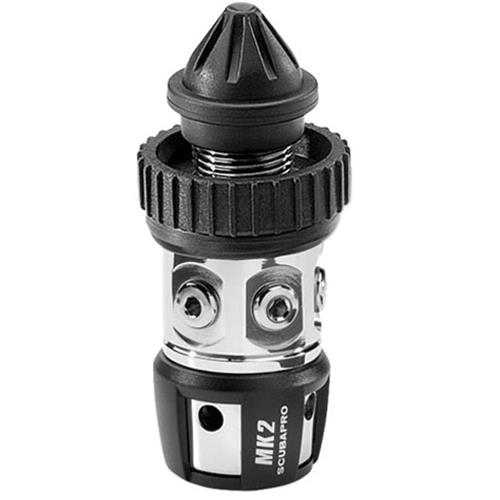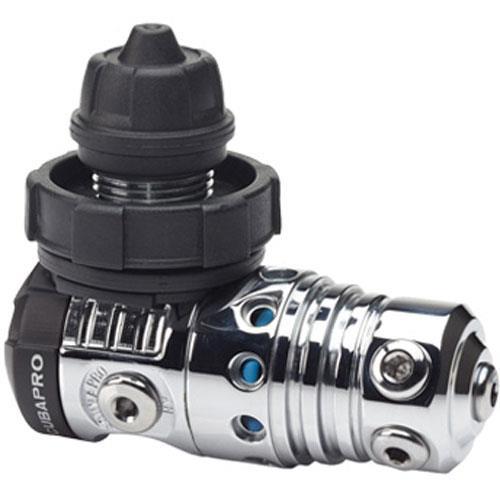Belzelbub
Contributor
An unbalanced piston should still be able to breathe well, it is likely that this reg was in need of service. The comfort part sounds like it may be a hose routing issue. Comfort is individual, and usually corrected by either a different mouthpiece or hose routing.Actually, the tank was full .. mostly I didn't feel comfortable with it, and feel like it dragging my mouth to the hose direction.
Yeah, I think because it was an unbalanced piston, I weren't breathing very well.
There are three dive shops in the city .. it's a small city. It doesn't matter of to service it in this city. My hometown is one of the biggest cities in the kingdom, it has more advanced shops.
I'm thinking of the one in the starting post. I just want to be sure if it's balanced diaphragm and nitrox compatible.
Mouthpiece is a simple fix. I like the moldable ones like Seacure.
Hose routing can be a bit more complex, but there are things that can be done to prevent the tugging. First, using Miflex hose (looks like the Mares Prestige 12S comes with Miflex) can help as it's quite a bit more flexible than the standard rubber hoses. Second, you could add a swivel. I don't use a swivel as I don't find it necessary, and I have heard of some failures with some swivels.
The price listed in the link for this reg does not look that great. Here's a much better price. Mares Prestige 12S Regulator 416182
Now on to this particular regulator. It is indeed a balanced regulator. I'm not sure why it's listed as not nitrox compatible on the Joe Diver site. Per my nitrox training, the compatibility issues only usually arise at high O2 percentages. Most, if not all regs are compatible up to 40% by default. In the LP link above, go to the Q&A and you'll see that someone had this same question, and looks like they called Mares to confirm that up to 40% is OK.
I'm not a big fan of the inline style of first stage that it looks like this reg is. I much prefer those that have a 90 degree angle between the Yoke/DIN and the reg body. with the inline, some of your hoses will be angled down, others will be angled up. A reg with the 90 degree bend will allow the hoses to come straight out to the side, or slightly forward. The Mares Prestige 15X has the 90 degree body, but is a bit more expensive. This one from Aqualung is the same price as the Mares you were looking at from JDA Aqua Lung Mikron Regulator







